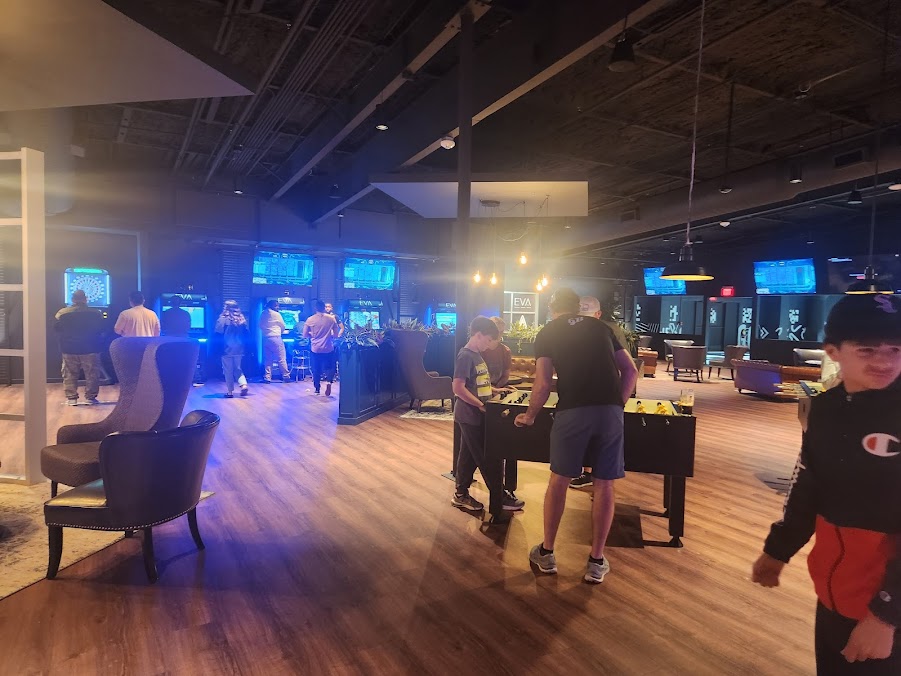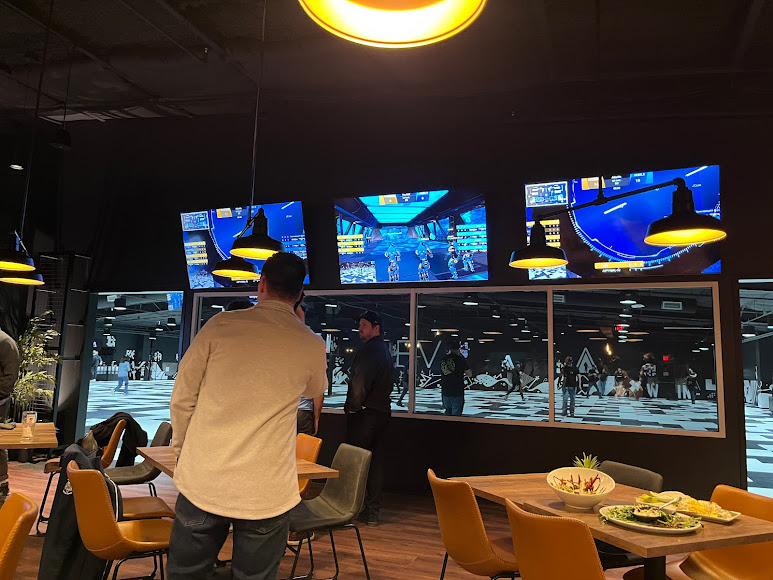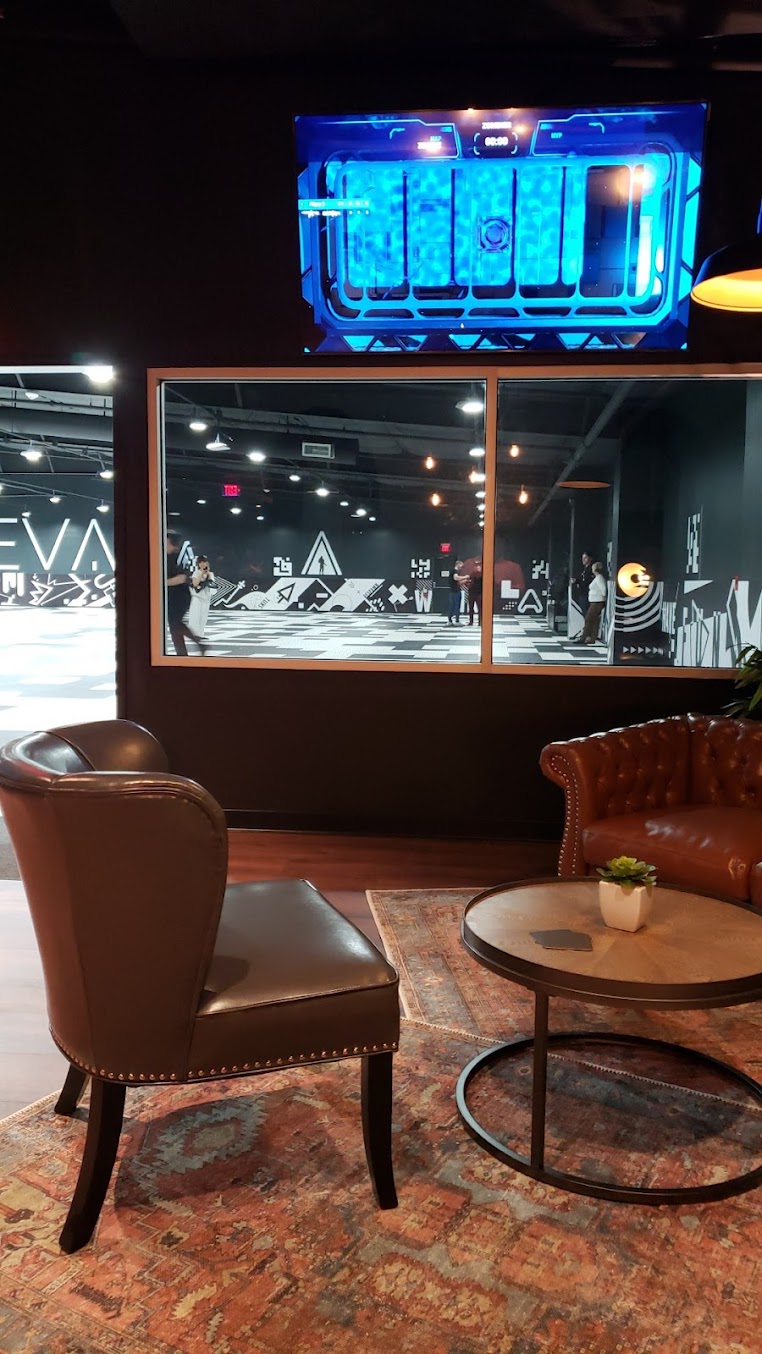What Is A VR Experience?
Virtual reality (VR) is a digital technology that creates an immersive, three-dimensional experience that simulates reality or a fictional environment. A VR experience typically involves wearing a headset with a screen that displays a computer-generated environment in front of the wearer's eyes. The headset is usually equipped with sensors that track the movement of the wearer's head and body, allowing the wearer to interact with the environment in a natural and intuitive way.
VR experiences can be designed for a wide range of applications, including gaming, education, training, and therapy. In a VR experience, the user is fully immersed in a digital environment that can be interactive, responsive, and highly realistic. This level of immersion allows the user to feel like they are actually present in the virtual environment, and can create a sense of presence, or "being there."
Arcade Restaurant Flower Mound

